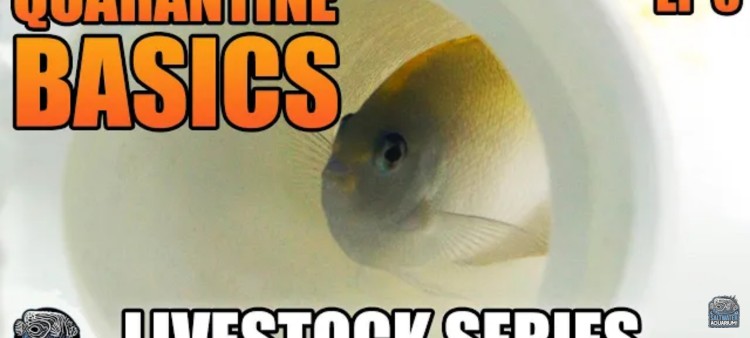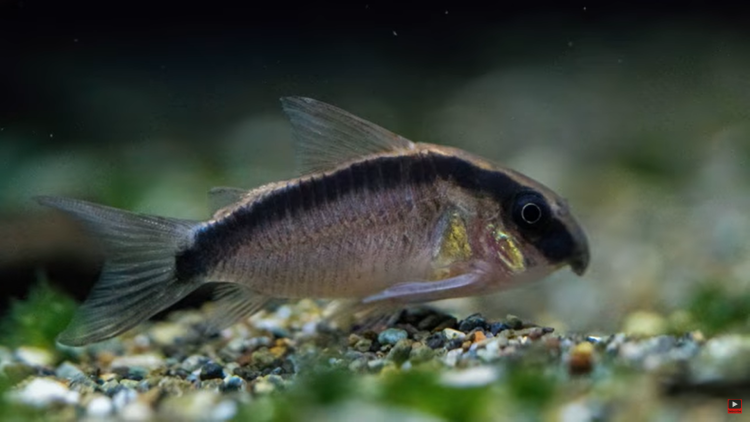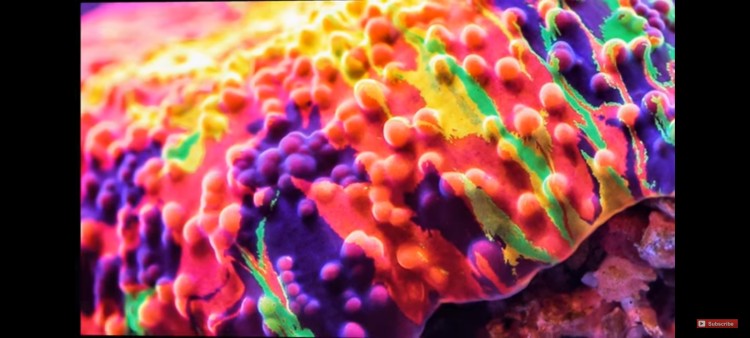Saltwater Fish Quarantine Basics
- Aug 25, 2022
- Anshika Mishra
- 268 0 0

One of the biggest mistakes you can make in your saltwater tank career is not quarantining all the new fish arrivals.
But quarantining your new saltwater fishes are vital. Besides disease prevention, there are other good reasons to quarantine your fish.
During the quarantine process, you watch for fish disease along with conditioning the fish. You want the fish to get used to you and you to get used to the fish.
Please ensure that there are a few or no other fishes in the quarantine tank with them so that the fish does not have to compete for food or deal with aggression from other fishes.
Speaking of food, it's a great reason to quarantine and condition all your new arrivals. What you feed your fish is very likely different from what they are used to eating. And if they have to deal with fish that run around in your tank, grabbing all the food, the new arrival will return off and avoid eating.
However, in a separate tank, you can work with the fish directly in a controlled environment—no need to worry about the other fish or the needs of everything else in the tank.
Basics to Quarantining
First, a proper quartering setup is separate from your display tank. It is not plugged into your display, and the two don't interact with each other. One way of quarantine is to keep animals isolated and have your quarantine tank plumbed into your display tank.
For the setup, you'll need a tank.
20-gallon tanks are perfect for smaller fishes like Gobbies, Ferry Wrasses, Clowns, and Damselfish. A 40-gallon breeder or 55-gallon tank is a perfect intermediate size, and if the fish is above 5-inches, you want to get a 75-gallon or 120 tank.
If you are taking a big fish and cramming it in a small space, that fish will be comfortable, and that's not helping your quarantining process.
It's heartbreaking to get your fishes almost in the quarantine process and then find them dead on the floor. So, get a tight-fitting lid to keep your fish in the tank so you can get them through the quarantine process and then into your display tank.
Having lights in the quarantine setup will encourage the fish to get used to their routine and bring the fish out. You also want to put some PVC pieces in the quarantine tank for the fish to hide because the more places the fish have to hide, the lesser they actually will.
For filtration, you can use the hang-on-back filter. You use filter pads in it if needed. Also, you want a heater in your quarantine tank because you want to elevate the temperature of the quarantine tank.
Cycling Your Quarantine Tank
The easiest way to do it is bacteria in a bottle. You can also soak a sponge filter in your display tank for several days and then place that filter in your quarantine tank.







About author